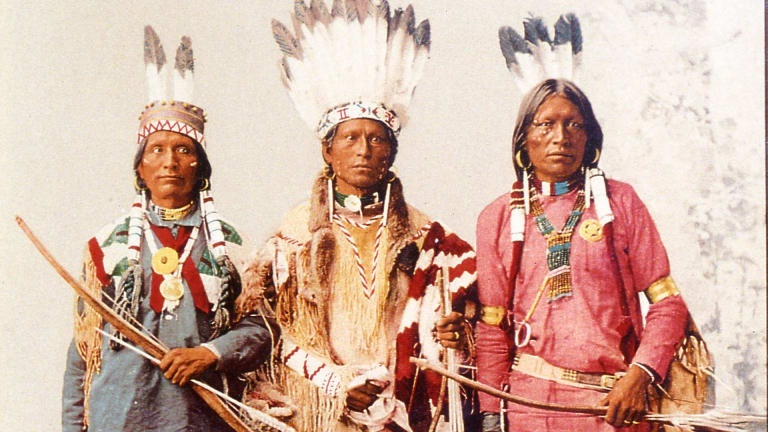Representations of Native Communities in Media
Even while Native Americans make up a very small percentage of the population in the United States, they are still significantly underrepresented in media, and when they are represented, are often portrayed in a historical fashion that feeds into and promotes harmful stereotypes.
The article, “‘Frozen in Time’: The Impact of Native American Media Representations on Identity and Self-Understanding,” explores the role that mass media plays in representing various social groups and the power these representations have in influencing the way that society perceives that social group as well as how the social group perceives themselves. The article investigates the “relative invisibility” experienced by Native Americans in media, as well as the fact that “When [Native Americans] are included, they generally are portrayed as historical figures – individuals from the 18th and 19th centuries who wear buckskin, ride horses, or live in teepees. When they are shown as modern people, they are often associated with addition, poverty, and a lack of formal education” (Leavitt et al. 40). Native Americans in the media are also often depicted as a certain “type” of Native American, associating them with a specific tribal group such as the Sioux or Apache, which unfortunately disregards the diversity of tribal cultures across the nation. The promotion of such inaccurate representations not only affects how audiences outside of the native community view Native Americans, but also, as the article goes on the discuss, how native peoples view themselves.
Inaccurate and negative media depictions of Indigenous communities, such as the use of native people as sport or school mascots, is not only incredibly psychologically damaging, but also promotes the homogenization of Native American identities, perpetuates racist stereotypes and cultural misappropriation, and even promotes self-stereotyping within the community. Additionally, given the pervasive nature of the internet and the influence of media in our society, it is especially unfortunate to consider that “a simple Internet image search for Native Americans viaGoogle and Bing – the two most widely used search engines – directs the searcher to the same historical imagery” (Leavitt et al. 43). Regrettably, this means that the internet is allowing for such inaccurate portrayals to reach wider audiences, portrayals that are potentially influencing audiences, and portrayals that Tommy Orange must grapple with in his novel There, There.
*side note: the image I included above was a test of the “image search” idea that I explored in the previous paragraph. I typed “native american” into my google search bar, clicked on “images,” and the photo on this page was the first to appear, which indeed portrayed indigenous peoples using historical imagery.
